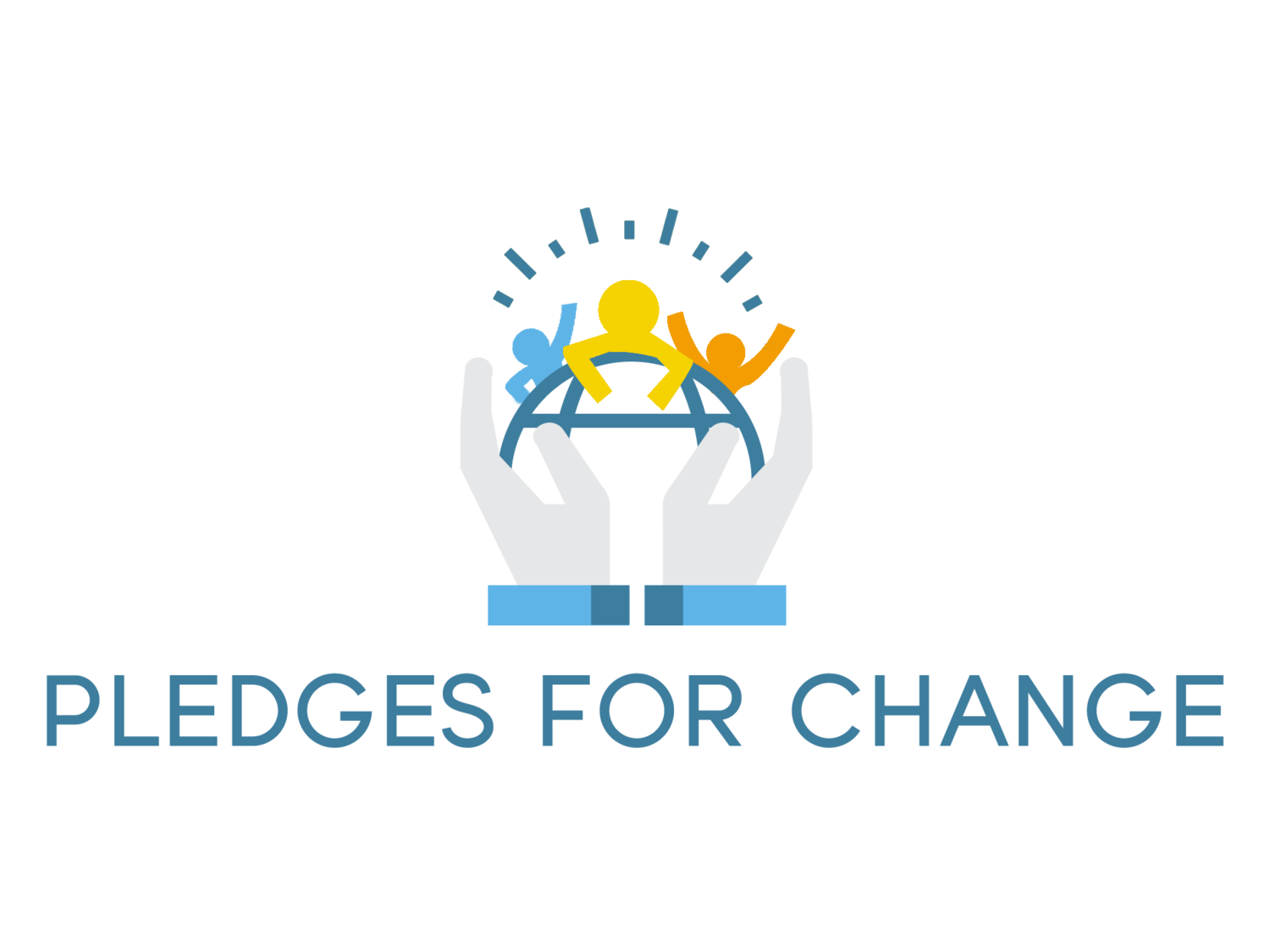Taking a Deeper Dive into Youth Volunteerism Trends
Originally published Mar. 11, 2019 on www.medium.com
Let’s talk about youth volunteerism for a little bit.
Last month, Pledges for Change invited over 20 youth and non-profit representatives from the London, Ontario community to take part in a focus group session based around one big question: how might we empower and support a generation of young volunteers across Ontario to serve as core contributors to the social well-being of their communities?
With support from our friends at London’s Pillar Nonprofit Network, we hosted the session at Innovation Works, a unique co-working space that convenes and supports social entrepreneurs in London in an effort to accelerate community social impact. Over the course of two hours, we invited our focus group participants to share more about the opportunities and challenges related to youth volunteerism in London. Our discussion uncovered the following five key learnings that will help inform the development of Pledges for Change’s first pilot project (slated to be launched in Summer 2019):
1) The first thing that needs to be done is informing youth of the impact their volunteering efforts create.
For many students in Ontario, the term “volunteering” is heavily associated with the completion of the mandatory volunteer service requirement in order to graduate from high school. This perspective may prevent students from becoming meaningfully engaged with the volunteer activities they get involved with at this formative period in their lives, which could lead to further disengagement with the voluntary sector later on in their careers and beyond. More needs to be done in order to educate youth (both within and outside of the classroom) on not only the social impact that nonprofits create in the communities in which they operate, but also on the significance of the contributions they make as volunteers.
2) Nonprofits should provide youth with more responsibility and creative freedom in volunteer work, which could lead to higher youth volunteer retention.
Strengthening youth volunteerism will also require the province’s non-profits to adapt their volunteer experiences to the changing interests of youth. Organizations should consider designing volunteer roles that highlight leadership, autonomy, and skills development (particularly technical skills) as students have identified these components as being most valuable to them. At the end of the day, opportunities that allow for youth to contribute meaningfully in addressing the social issues they’re most passionate are more likely to be considered valuable experiences, leading to greater continued engagement.
3) More awareness for existing volunteer positions will need to be generated; students are largely unaware of all the volunteer opportunities currently available to them.
For the youth involved in our focus group discussion, they learned about the majority of volunteering opportunities available for them to get involved in through recommendations from family and friends. A resource / resources should be put in place so that youth are able to learn about and get involved in the various volunteer roles that align with their interests.
4) Significantly strengthening youth volunteer engagement will require greater involvement from school boards / educators.
Schools play an important role as “intermediaries” between students and non-profits. Currently, the topic of volunteerism is not really embedded in the curriculum / classroom activities; rather, they simply impose a mandatory volunteer requirement on students in order for them to graduate. As a result, this paints an undesirable picture of volunteering among students, or does not help students understand the full value of volunteering to their personal and community development. Volunteering should become more common in conversations held within the classroom.
5) Some nonprofits are hesitant investing in training young volunteers (so that they’re able to participate in more skills-based volunteer opportunities) due to the relative lack of long-term commitment.
Because most youth are often only seeking to complete the mandatory number of volunteer hours (and are unwilling to commit to volunteering with the organization long-term), most organizations do not find it worth the investment to train their young volunteers, thereby limiting the types of opportunities they are able to get involved with. Alleviating this issue for non-profits will require crafting innovative training programs that may be more targeted towards certain skills, shorter in length, or standardized across several non-profit organizations, to name a few potential solutions to this challenge.
Of all the great learnings from our session, it was clear that the key takeaway regarding strengthening youth volunteerism was first recognizing the importance of youths’ contributions to non-profits and their broader community. We are so excited to share with you in the coming weeks how these focus group findings have been reflected in the design of our upcoming pilot project!
Have thoughts on this topic that you’d like to share with us? Please give us a shout at info@pledgesforchange.com
Want to stay updated on our journey in designing our first pilot project? Follow us on social media:
Facebook: @pledgesforchange
Instagram: @pledgesforchange
Twitter: @pfc_global




